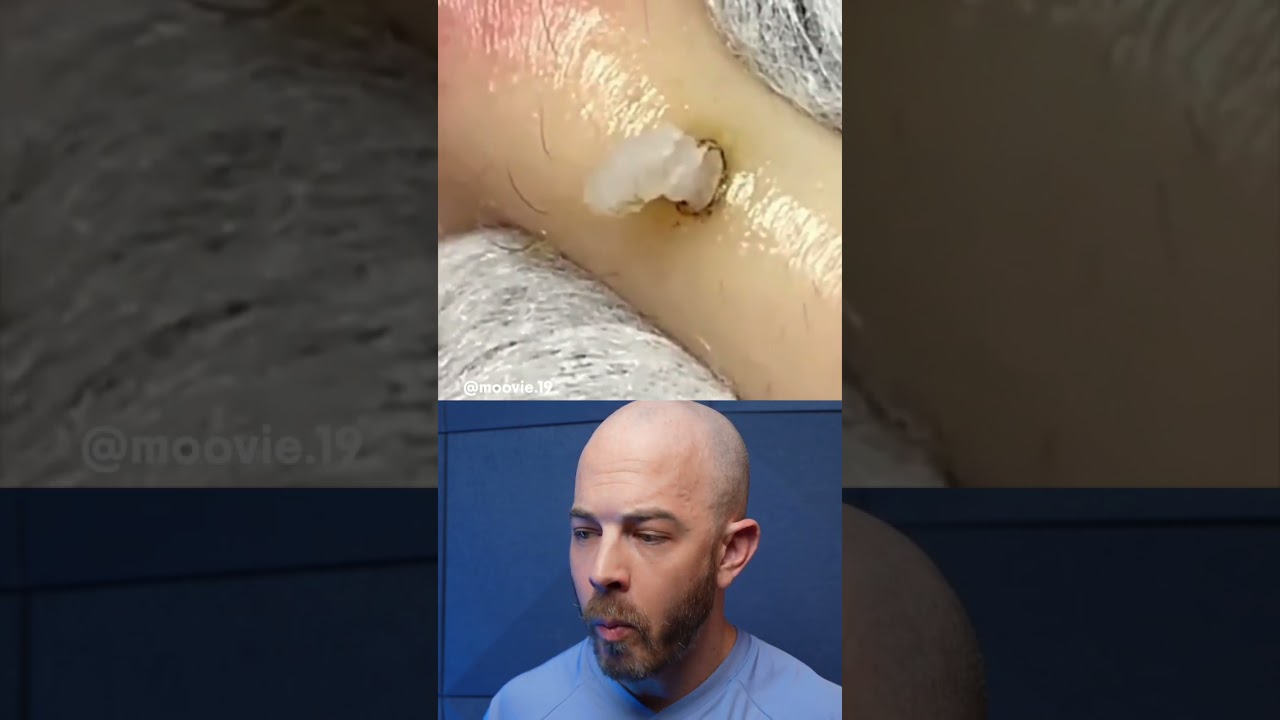Acne is a common skin condition that can vary significantly in appearance and location, and many people find themselves wondering what different types of acne might indicate about their overall health. Dermatologists often emphasize that the location of acne can provide insights into underlying issues, whether they are hormonal, dietary, or stress-related. Understanding these connections can be a valuable tool in managing and treating acne effectively.
Forehead Acne
Acne on the forehead is often linked to stress and hormonal fluctuations. The forehead is part of the T-zone, which is particularly prone to oiliness due to higher concentrations of sebaceous glands. This type of acne may also be related to dietary factors, such as consuming high-glycemic foods. Stress can lead to increased cortisol levels, which may trigger more oil production and exacerbate acne. To combat forehead acne, dermatologists recommend keeping hair products away from the skin, maintaining a regular cleansing routine, and managing stress through relaxation techniques.
Chin and Jawline Acne
Chin and jawline acne is commonly associated with hormonal imbalances, especially in women. Conditions like polycystic ovary syndrome (PCOS) can lead to increased androgen levels, resulting in breakouts in these areas. These types of blemishes often manifest as cystic acne, which is deeper and more painful than typical pimples. To address chin and jawline acne, dermatologists might suggest hormonal treatments, such as birth control pills or anti-androgen medications, alongside topical treatments that reduce inflammation.
Cheek Acne
Cheek acne can be indicative of several issues, including poor hygiene or irritation from facial products. It may also reflect internal factors such as respiratory issues or allergies. Because the cheeks can come into contact with dirty phones, pillowcases, and even hands, ensuring cleanliness is crucial. Moreover, dietary habits, particularly high dairy intake, have been linked to cheek acne. Reducing dairy and maintaining a thorough skincare routine can help mitigate breakouts in this area.
Back and Shoulder Acne
Acne on the back and shoulders is often referred to as “bacne” and is frequently caused by friction, sweat, and bacteria. This type of acne is common in athletes or those who wear tight clothing. It can also be exacerbated by hormonal changes, especially during puberty or menstrual cycles. Keeping the skin clean and free of sweat after workouts is vital, along with wearing breathable fabrics. For severe cases, dermatologists might recommend prescription treatments such as topical retinoids or antibiotics.
Body Acne
Body acne can occur on various areas, including the chest and buttocks, and may stem from similar causes as back acne. This type is often related to clogged pores due to excess oil and dead skin cells. Additionally, wearing non-breathable clothing or neglecting regular exfoliation can worsen body acne. Incorporating salicylic acid or benzoyl peroxide into your body wash can help keep these areas clear.
Conclusion
Understanding the location of acne can offer valuable insights into its potential causes. By paying attention to where breakouts occur and recognizing associated factors, individuals can take proactive steps to address their skin health. Consulting with a dermatologist can provide personalized recommendations, ensuring a more effective treatment strategy tailored to individual needs. Remember, while acne can be frustrating, informed approaches can lead to clearer skin and improved overall well-being.


